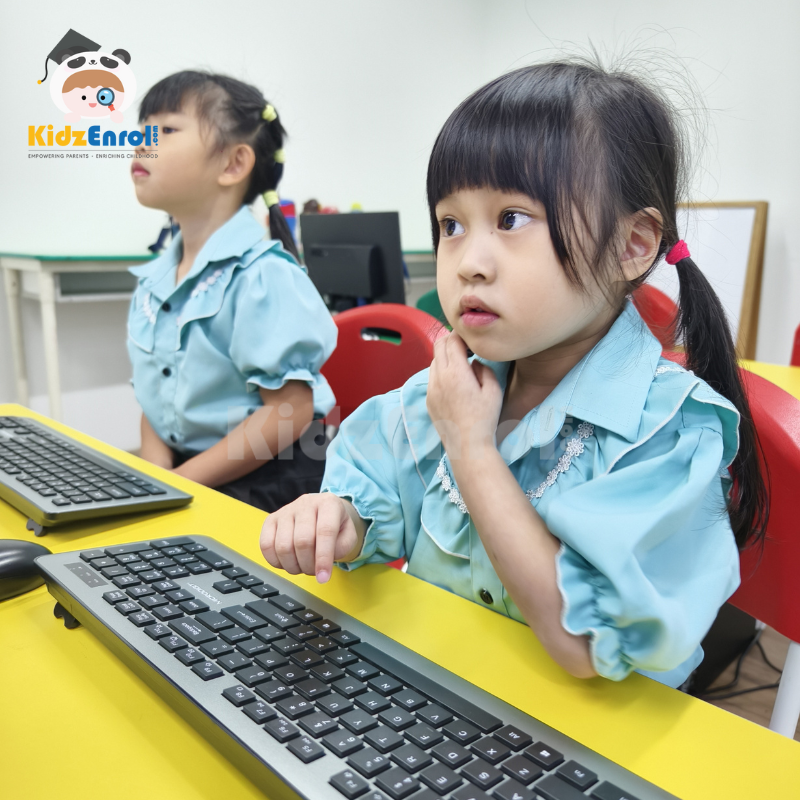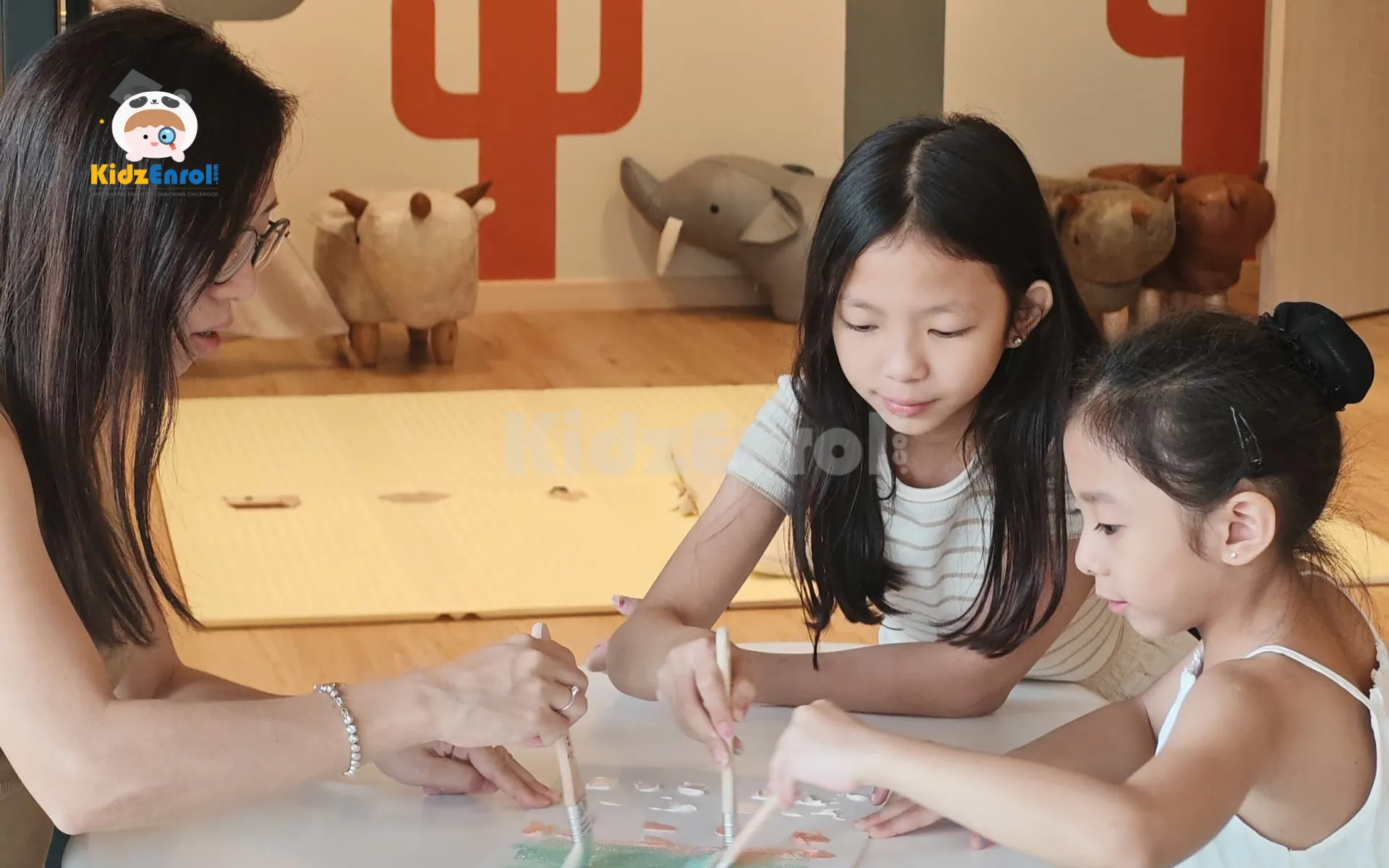Malaysia’s education system offers a diverse range of pathways across various stages, catering to the multicultural fabric of the nation. Here’s an overview of the educational stages and the choices available at each level.
Summary
| Education Level | Types of Schools | Medium of Instruction | Curriculum Focus | Examinations/ Qualifications |
|---|---|---|---|---|
| Pre-school Education | Government MOE Kindergartens | Malay, English, and others | Basic literacy, numeracy, and foundational learning for primary school readiness | No formal exams, emphasis on early learning |
| Private Kindergartens | Varies (English, Mandarin, etc.) | Varies based on curriculum; may include international methods, religious education, extracurricular activities | No formal exams, focus on holistic development | |
| Primary Education | National Schools (Sekolah Kebangsaan) | Malay | National curriculum with a focus on basic literacy, numeracy, and multilingual skills | No formal exams at primary level |
| National-Type Schools (SJK) | Mandarin (SJK(C)), Tamil (SJK(T)) | Focus on language and cultural proficiency alongside academic subjects | No formal exams at primary level | |
| International Schools | English | Global curricula such as British, IB, or American, with a focus on holistic development and global awareness | No formal exams at primary level | |
| Secondary Education | National Secondary Schools (Sekolah Menengah Kebangsaan) | Malay | National curriculum with a focus on subjects leading to SPM exams | Sijil Pelajaran Malaysia (SPM) (National Examination) |
| Chinese Independent High Schools | Mandarin | Chinese-based curriculum, focus on academic subjects, Chinese culture, and preparation for UEC | Unified Examination Certificate (UEC) (for Chinese schools) | |
| International Schools | English | International curricula (IGCSE, others), with a focus on global education and critical thinking | IGCSE or other international exams | |
| Post-secondary Education | Form Six (Tingkatan Enam) | Malay, English | A 2-year academic program preparing students for university with a broad subject range | Sijil Tinggi Persekolahan Malaysia (STPM) (Equivalent to A-levels) |
| Matriculation Programs | Malay, English | Pre-university programs (1 year) with a science or commerce focus for entry into public universities | Matriculation Certificate | |
| Foundation Programs | Varies (English, Malay) | Specialized programs tailored to specific degree pathways, such as engineering, business, or arts | Foundation Certificate | |
| Tertiary Education | Public Universities | Malay, English | Offers undergraduate, postgraduate, and research programs in various fields of study | Degree, Master’s, Ph.D. Programs |
| Private Universities and Colleges | English | Offers diverse undergraduate and postgraduate programs, often in partnership with international universities | Degree, Master’s, Ph.D. Programs | |
| Foreign University Branch Campuses | English | Offers degree programs identical to those at the main overseas campuses | Degree, Master’s, Ph.D. Programs |

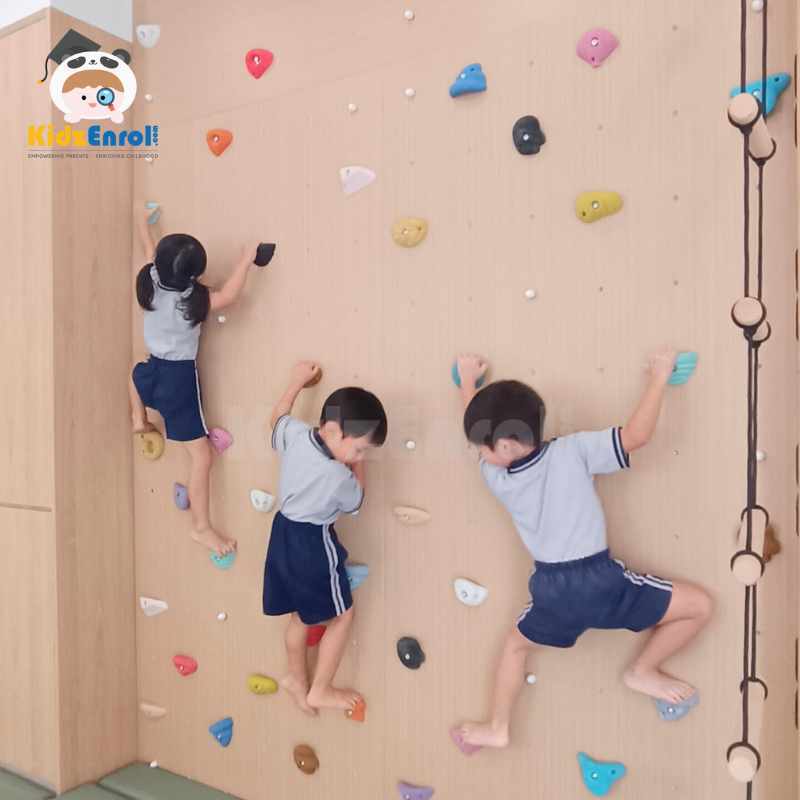
Pre-school Education
For children aged 4 to 6, pre-school education in Malaysia includes:
- Government MOE Kindergartens: Operated by the Ministry of Education, these kindergartens provide foundational learning with a focus on basic literacy and numeracy. The curriculum is designed to prepare children for primary school, emphasizing essential skills such as reading, writing, and counting in a structured environment.
- Private Kindergartens: These institutions offer diverse curricula, sometimes incorporating international teaching methods or religious education, catering to parental preferences. Private kindergartens may also provide additional extracurricular activities and a more personalized approach to early childhood education.
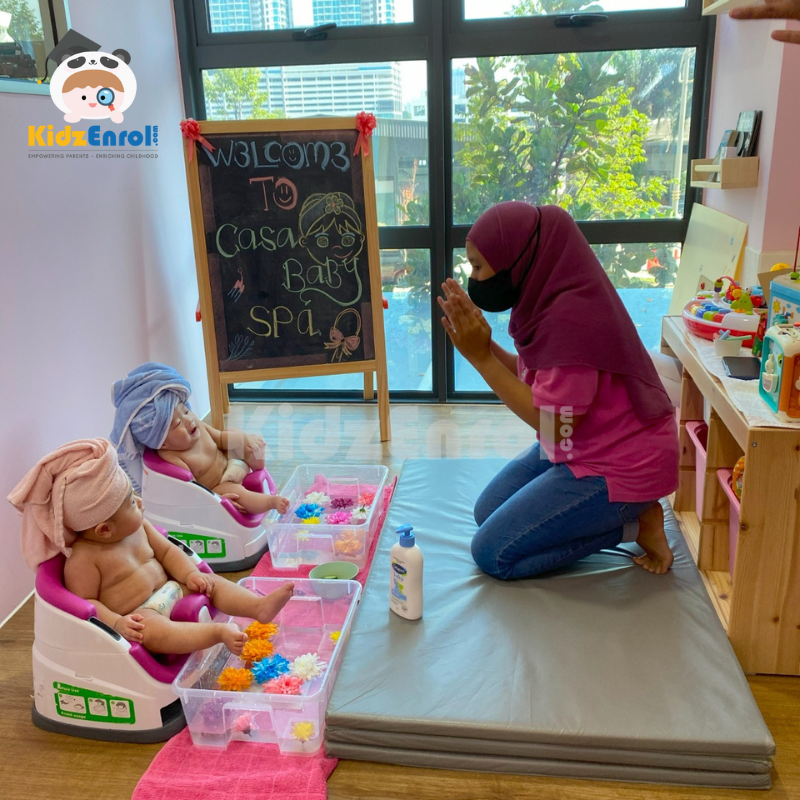

Primary Education
Starting at age 7, parents can choose from the following types of schools:
- National Schools (Sekolah Kebangsaan): These schools use Malay as the medium of instruction and follow the national curriculum. English and Mandarin or Tamil are taught as additional languages, fostering basic multilingual skills.
- National-Type Schools (Sekolah Jenis Kebangsaan):
Chinese National-Type Schools (SJK(C)): Instruction is primarily in Mandarin, with Malay and English as additional subjects. These schools emphasize Chinese language proficiency and cultural studies, offering a structured learning environment.
Tamil National-Type Schools (SJK(T)): Instruction is primarily in Tamil, with Malay and English as additional subjects. These schools aim to preserve Tamil language and culture, alongside providing a well-rounded education.
- International Schools: These schools primarily use English as the medium of instruction and offer global curricula, such as the British National Curriculum, International Baccalaureate (IB), or American Curriculum. International schools focus on holistic education, fostering critical thinking, creativity, and global awareness. They are ideal for expatriates or parents seeking an internationally recognized education path for their children.


Secondary Education
Following primary education, secondary education comprises five years. Options include:
- National Secondary Schools (Sekolah Menengah Kebangsaan): Malay is the primary medium of instruction, following the national curriculum. These schools offer a comprehensive education in various subjects, culminating in national examinations like the Sijil Pelajaran Malaysia (SPM), which is essential for further academic or vocational pursuits.
- Chinese Independent High Schools: These schools use Mandarin as the medium of instruction and prepare students for the Unified Examination Certificate (UEC). The UEC is recognized by many universities, both in Malaysia and internationally, and the schools often emphasize Chinese culture and values alongside academic subjects.
- International Schools: Offering curricula such as the International General Certificate of Secondary Education (IGCSE) or other international programs, with English as the primary medium of instruction. International schools provide an alternative to the national education system, catering to expatriates and those seeking globally recognized qualifications for higher education.


Post-secondary Education
After completing secondary education, students can pursue:
- Form Six (Tingkatan Enam): A two-year program leading to the Malaysian Higher School Certificate (STPM), equivalent to the A-levels. The STPM is a rigorous academic qualification widely recognized for university admissions in Malaysia and abroad, offering a broad range of subjects for students to choose from.
- Matriculation Programs: One-year pre-university courses preparing students for entry into local universities. These programs are generally shorter than Form Six and offer a more focused curriculum, often with a science or commerce track, designed to fast-track students into undergraduate courses at public universities.
- Foundation Programs: Offered by private institutions, these are typically one-year courses tailored to specific degree pathways. Foundation programs provide a bridge to undergraduate education, offering specialized courses that align with the students’ future academic focus, such as engineering, business, or arts.


Tertiary Education
Malaysia boasts a variety of higher education institutions, including:
- Public Universities: Funded by the government, these universities offer a wide range of undergraduate, postgraduate, and research programs. They are highly regarded for their affordability and quality, making them an attractive option for Malaysian students seeking diverse fields of study.
- Private Universities and Colleges: These institutions provide diverse undergraduate and postgraduate courses, often in partnership with international universities. They offer flexible study options, including twinning programs and overseas transfers, allowing students to gain global exposure while earning a degree.
- Foreign University Branch Campuses: International universities with campuses in Malaysia provide bachelor’s, master’s, and doctoral programs identical to those offered at their main campuses abroad. These campuses offer students an opportunity to obtain internationally recognized qualifications at a more affordable cost compared to studying abroad.
At the tertiary level:
- Degree Programs: Typically take 3 to 4 years to complete, focusing on specialized fields with theoretical and practical training.
- Master’s Programs: Postgraduate studies lasting 1 to 2 years, often with a research or coursework focus, designed to enhance professional skills or academic knowledge.
- Ph.D. Programs: Advanced research-based programs that can take 3 to 5 years, aimed at producing original contributions to a field of study.


Choosing the Right Path: Considerations for Parents
When deciding on the appropriate educational pathway for your child, especially concerning language and future opportunities, consider the following:
- Primary Education in Chinese National-Type Schools (SJK(C)): If you prefer your child to receive primary education in Mandarin, SJK(C) schools provide a strong foundation in Chinese language and culture, while also teaching Malay and English.
- Transition to Secondary Education: After completing primary education in a Chinese school, your child can transition to:
National Secondary Schools: Where Malay is the primary medium of instruction.
Chinese Independent High Schools: Continuing education in Mandarin, culminating in the UEC qualification.
International Schools: Offering global curricula with English as the medium of instruction, often including Mandarin as a subject.
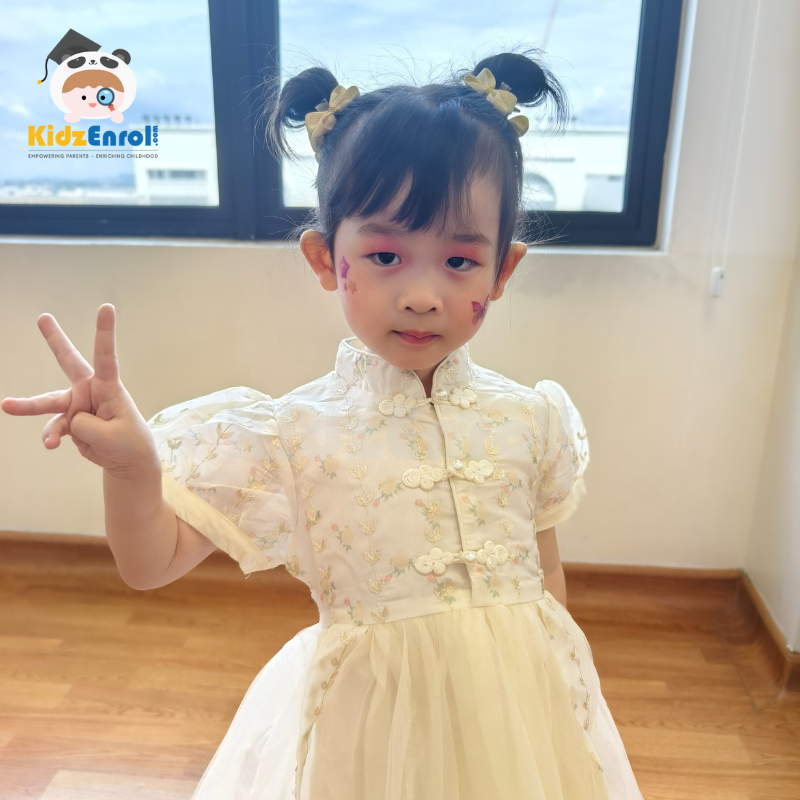
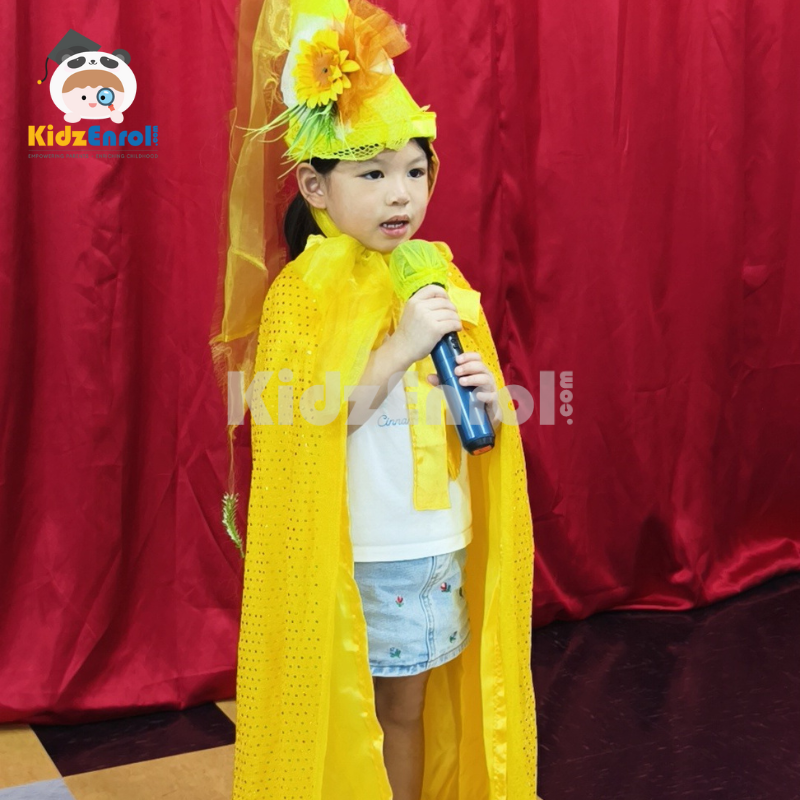
Benefits of Each School Type
- Chinese Schools: Emphasize strong academic performance and discipline, with a focus on Chinese language and cultural studies. These schools provide students with a deep understanding of Chinese heritage while equipping them with bilingual proficiency in both Chinese and Malay or English, which can be advantageous in a globalized job market.
- Government Schools: Provide education in line with national policies, fostering a sense of national identity and cultural integration. These schools offer a well-rounded curriculum that prepares students for public examinations, emphasizing social cohesion and the development of a shared Malaysian identity.
- International Schools: Encourage creative thinking and holistic development, offering diverse extracurricular activities and exposure to global perspectives. These schools provide an international curriculum, such as the IGCSE or IB, that prepares students for higher education opportunities worldwide, often focusing on critical thinking and problem-solving skills.
